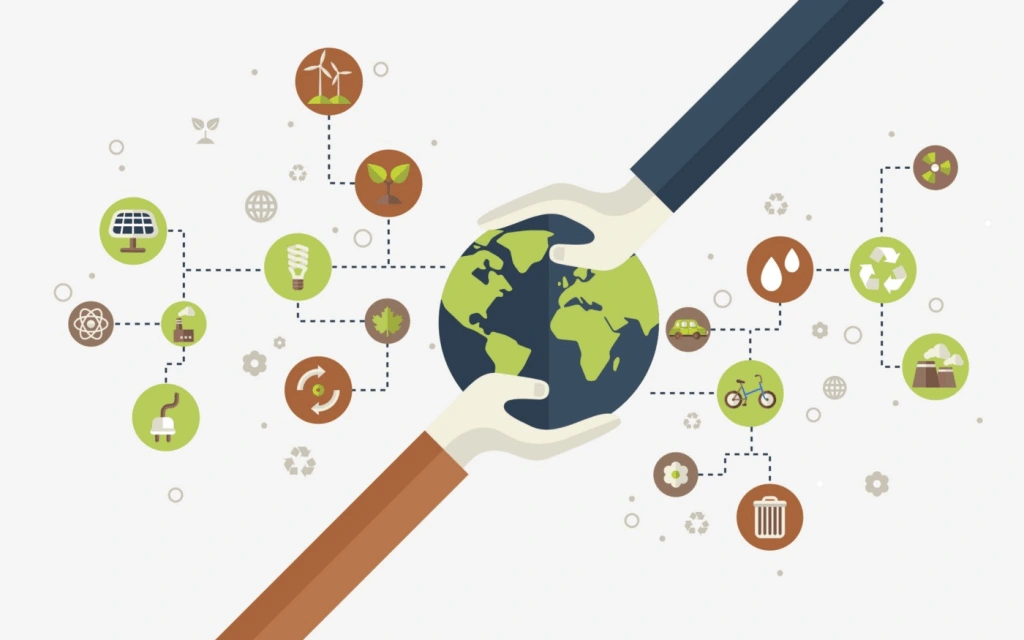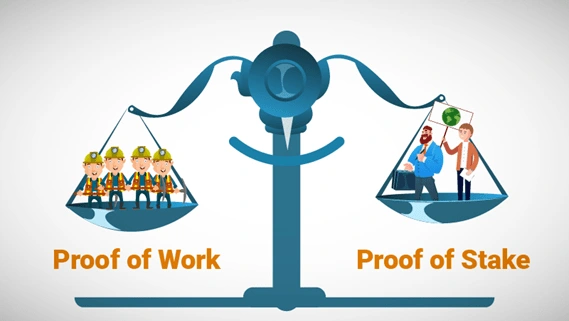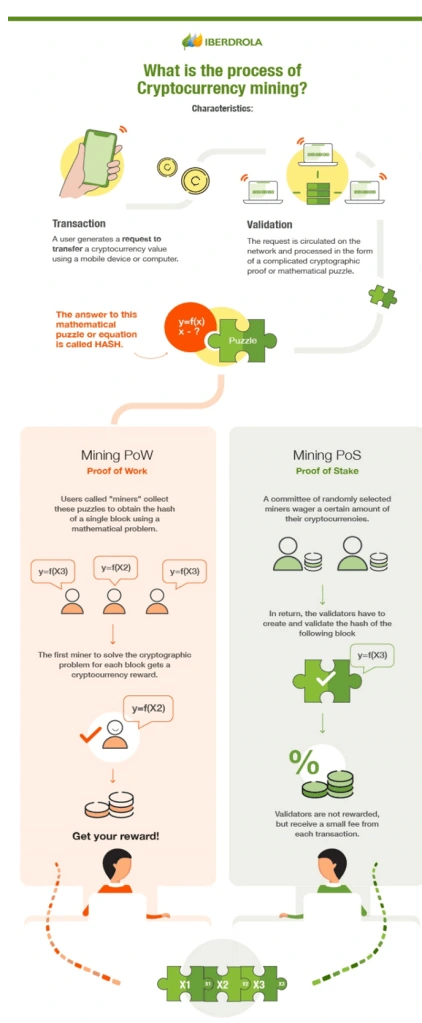Blog Article - Cryptocurrency and Sustainability
Conflicting Views: Proof-of-Stake vs Proof-of-Work

With the rise of crypto as a force for the future, it is only logical to think that the tech would be sustainable in terms of energy and impact on the environment. Well not exactly….
As we all know, Bitcoin and most cryptos have traditionally been developed with a limited supply. These define its face value in the market and must be mined through the blockchain to be “gained/created” until there are no more left. These mining actions are implemented in the form of solving complex problems also known as a “consensus mechanism” which ensures users conduct transactions honestly by rewarding good behaviour and making it very difficult and expensive for bad behaviour. Due to this, fraud like double spending is decreased.
However, this leads to a significant detractor of Proof-of-Work systems. Cryptocurrency mining consumes a lot of energy. While there are other ways to verify cryptocurrency transactions and create new coins, the two most popular cryptocurrencies, Bitcoin and Ethereum (now merging into a Proof-of-stake system), use mining as their primary mechanism.
According to the Cambridge Bitcoin Electricity Consumption Index, Bitcoin, the most popular cryptocurrency network, used an estimated 218 Terawatt-hours (TWh) of energy at the point of production of electricity at the end of use, which is more than Belgium and Finland use as a whole!
Furthermore, Due to the rapid obsolescence of mining equipment, cryptocurrency mining also produces a substantial amount of electronic trash. This is particularly valid for Application-Specific Integrated Circuit (ASIC) miners, specialized devices made for mining the most widely used cryptocurrencies. The Bitcoin network, according to Digiconomist, produces almost 36,000 tons of electronic garbage annually.
Due to this issue, a lot of new blockchains such as Polygon MATIC and Algorand have now shifted to the more sustainable mining consensus mechanism, Proof- of Stake.

What is Proof-of-Stake?
An alternative to cryptocurrency mining that uses less computational power, the proof-of-stake (PoS) technique of approving transactions and creating new coins gives the ability to operate the crypto network and validate transactions based on the amount of bitcoin that a validator has “staked,” or committed not to sell or trade, in exchange for their authority.
Proof-of-stake is intended to reduce worries about the proof-of-work (PoW) protocol’s scalability and environmental sustainability. Due to the competitive nature of proof-of-work as a method of transaction verification, people are compelled to seek for advantages, especially when money is at stake.
New techniques that lessen the environmental impact of blockchain technology are the foundation of emerging green cryptocurrencies. In search of solutions for increased sustainability, many of these elements can also be applied to current cryptocurrencies, which are more environmentally damaging. This is the case with Ethereum, the platform that powers the majority of non-fungible tokens (NFT), which intends to use a Proof-of-Stake (PoS) consensus method to cut its energy consumption by 99.5%.
The application of state carbon credits for cryptocurrency mining companies could lead to them buying carbon credits from other companies, helping to offset the number of emissions created globally, or switching to greener energy to sell their own credits.
Some Great Sustainable Cryptos include :
Chia (XCH)
Cardano (ADA)
Nano (NANO)
Stellar Lumens (XLM)
Algorand (ALGO)
From the Proof of Work to the Proof of Participation
The Proof-of-Stake (PoS) consensus mechanism requires miners to advance a small amount of cryptocurrencies to enter a lottery where they opt to be assigned transactions to verify. This lowers the risk of them approving fraudulent transactions while eliminating the competitive computational element of Proof-of-Work, allowing each machine to work on a different problem and optimising the energy consumed.

Like this project
Posted Mar 26, 2024
Wrote an informative blog article for a sustainable token client in the crypto space. The content was designed to be simple and appeal to wide audience.







